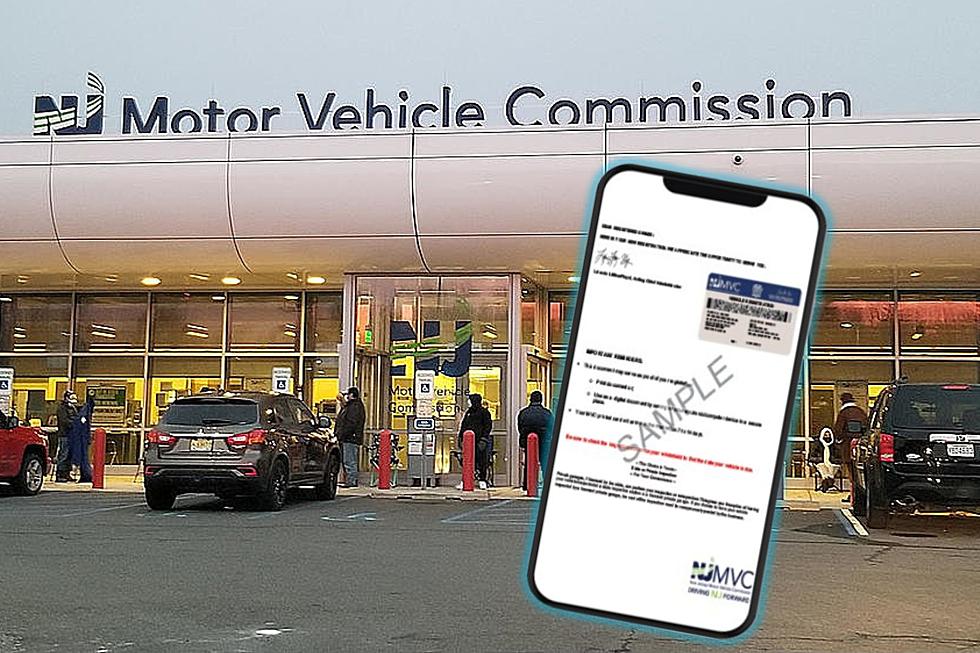
Family Leave Expansion, Plus Higher Tax, On Verge of Approval
A bill that would improve family leave benefits for workers in New Jersey, though do so by levying a projected $360 million tax increase on the middle class, appears likely to be signed into law by mid-March by Gov. Phil Murphy.
The Legislature last week approved the significant expansion of the state’s decade-old family leave program by votes of 26-12 in the Senate and 51-18 in the Assembly. It was primarily a party-line vote: Democrats and two Republicans voted for it, and only Republicans voted no.
“While I’m glad this bill doesn’t inflict costs on business owners, I am fearful about the impact on these workers. I think it may be too much,” said Sen. Declan O’Scanlon, R-Monmouth.
Bill A3975/S2528 would:
- Let workers take 12 weeks of paid time off, rather than six, to care for a new child or sick family member. Workers could take 56 days of intermittent leave, up from 42 days.
- Increase the amount of pay a person could receive – 85 percent of their regular wage, rather than two-thirds, maxing out at 70 percent of the statewide average weekly wage for all workers, rather than 53 percent. The maximum benefit would be $842 a week, up from $638. The average benefit is expected to increase $149 a week to $689.
- Expand the types of family members for which a person could qualify for leave to include siblings, grandparents, grandchildren and parents-in-law.
- Allow it to be taken to assist a family member who is a victim of domestic or sexual violence.
- Make workers at companies with at least 30 employees, rather than 50, eligible for the program.
- Eliminate a one-week waiting period before the payment of paid-leave benefits and no longer allow employers to require employees to use all their paid leave, up to two weeks, before benefits could be received.
- Provide $1.2 million for a public information campaign to promote the program.
“The changes proposed by this piece of legislation aim to make the family leave program more accessible and affordable,” said Assemblywoman Joann Downey, D-Monmouth. “Most importantly, the goal is to raise public awareness about its availability so more New Jerseyans can take advantage of it.”
In 2017, about $94 million in benefits were paid. Most of that was for bonding with newborn children, but about $11 million was to support people who took time to care for a sick spouse, child or other family member.
The proposed changes, which Murphy said he supported as a candidate in 2017, would improve the benefits and is expected to increase the number of workers who use the program – and in turn, the payroll tax paid by workers to finance the family-leave program.
The nonpartisan Office of Legislative Services forecasts that expenditures from the program would increase by $278 million to $364.5 million a year.
“That’s a good thing,” said Assemblyman Anthony Bucco, R-Morris, of the improved benefits. “Except that we all know that nothing in life is free.”
Under the bill, the tax would apply to nearly four times as much income as it does today, and its revenues are forecast to increase from around $106 million last year to as much as $470 million a year.
Under the current law, the payroll tax for the family leave insurance is applied to a worker’s first $34,400 in income – 28 times the average weekly wage in the second preceding calendar year. Instead it would apply to a level equal to 107 times the average wage, or $131,400.
“There’s going to be no break any more for the middle class taxpayer. No break,” said Bucco.
“If you asked folks whether or not they’d like to put the money in their pocket than have an expansion to the family leave act, that they may or may not ever use, I think most people would say they’d rather keep the money in their pocket,” Bucco said. “Because now you’re going to pay this tax from day one ‘til the end” of the year.
It’s not necessarily the case that the family leave tax will increase at the same pace because the rate is adjusted each year to generate an amount equal to the projected spending on benefits, plus an added cushion as high as 25 percent of the total benefits.
Currently the tax rate is 0.08 percent, and the tax is capped at $27.52 a year. In 2018, the rate was 0.09 percent, capped at $30.33 for the year.
If the tax rate stays the same, the tax would increase to $105 a year.
The new benefit would go into effect in July 2020.
An estimated 800,000 workers would remain without job protection because they work for employers with 30 employers or fewer, according to the Time to Care Coalition that advocated for the bill but is pushing the Legislature to go further.
More From WPG Talk Radio 95.5 FM










